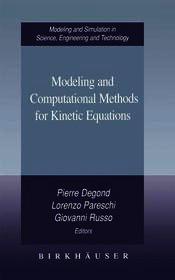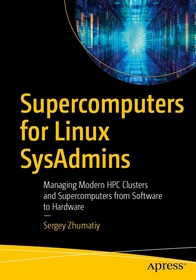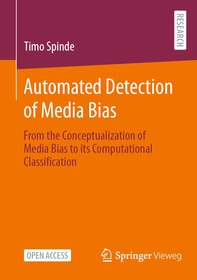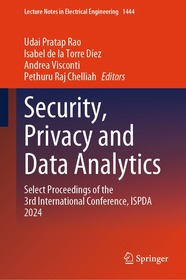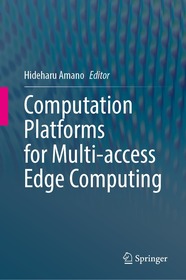
Computation Platforms for Multi-access Edge Computing
- Publisher's listprice EUR 160.49
-
66 563 Ft (63 393 Ft + 5% VAT)
The price is estimated because at the time of ordering we do not know what conversion rates will apply to HUF / product currency when the book arrives. In case HUF is weaker, the price increases slightly, in case HUF is stronger, the price goes lower slightly.
- Discount 12% (cc. 7 988 Ft off)
- Discounted price 58 575 Ft (55 786 Ft + 5% VAT)
Subcribe now and take benefit of a favourable price.
Subscribe
66 563 Ft

Availability
Not yet published.
Why don't you give exact delivery time?
Delivery time is estimated on our previous experiences. We give estimations only, because we order from outside Hungary, and the delivery time mainly depends on how quickly the publisher supplies the book. Faster or slower deliveries both happen, but we do our best to supply as quickly as possible.
Product details:
- Publisher Springer Nature Singapore
- Date of Publication 12 December 2025
- Number of Volumes 1 pieces, Book
- ISBN 9789819689347
- Binding Hardback
- No. of pages153 pages
- Size 235x155 mm
- Language English
- Illustrations XV, 153 p. 83 illus., 78 illus. in color. 700
Categories
Long description:
This book aims to clarify how to build the computational infrastructure for multi-access edge computing (MEC) from the perspectives of applications, system software, architecture, CAD, and devices. MEC enables the execution of processing tasks that are challenging for IoT devices without having to rely on the cloud, by equipping 5G/6G base stations with computational resources.
Following the introduction, Chapter 2 describes the multi-FPGA system that was developed for this project with various techniques to build FPGA clusters. Chapter 3 discusses the middleware for MEC and applications such as social implementation in nursing care facilities. Chapter 4 focuses on the roles of MEC, such as anonymization, data collection, and selection, and describes the technologies for utilizing MEC in the construction of smart cities. Chapter 5 discusses the realization of Robot Audition, one of the most promising applications expected to run on MEC. It introduces an attempt to implement HARK, a widely used platform, on MEC. Chapter 6 presents a new FPGA device, SLMLET, which is more cost-effective and power-efficient than conventional FPGAs and features communication links for multi-node systems. It is an ambitious chip equipped with variable-structure IP, differing from traditional FPGAs.
The readers will gain an understanding of MEC and related topics, as well as insight into its future potential. This knowledge is essential for engineers involved in cloud and edge computing, as well as those interested in FPGA and CAD technologies.
MoreTable of Contents:
"
Chapter 1 Introduction.- Chapter 2 Multi-FPGA platforms as a host of MEC architecture.- Chapter 3 Middle for MEC architectures.- Chapter 4 Application for a smart city/community.-Chapter 5 Robot Audition.- Chapter 6 New devices.
" More



